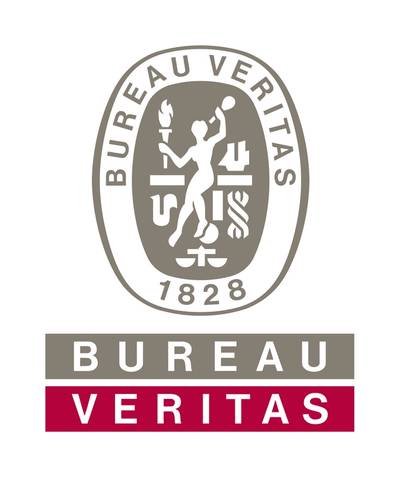Bureau Veritas Extends Class to Offshore Drilling Safety
International classification society Bureau Veritas has extended its classification rules to include the items of drilling equipment which are essential for the safety of offshore drilling operations.
These rules cover well control equipment including Blow-Out Preventers, marine risers, tensioning systems, heave-compensation systems, drawworks, mud circulating systems, cementing equipment, drilling derrick and supporting structures. Offshore drilling operators can turn to one body to assess the entire drilling unit and equipment under one integrated approach.
Dan Frorup, Vice President, Offshore Deep Sea Global Business Unit, Bureau Veritas, says, “The Deepwater Horizon incident has shown the offshore industry that dividing responsibility for the safety assessment of offshore vessels from that of the equipment they use is not the best way to drill safely offshore. A holistic approach which assesses the drilling equipment and well control equipment along with the floating unit they are deployed from will deliver safer offshore drilling.”
Bureau Veritas has completed a full review of classification and certification of offshore drilling rigs, reacting to the needs of both industry and national authorities concerned with the safety of offshore drilling. A new set of rules, NI 569, cover the classification of new generation drillships. Drillships are Mobile Offshore Drilling Units particularly adapted for drilling operations in deep to ultra-deep offshore environment. The rules include an update to the IMO MODU Code due to come into force in 2012.
“We have updated the rules for all types of drill ship,” explains Frorup. “But now we have gone further and added the possibility to class all the drilling equipment which is safety-related at the same time. It will substantially increase overall safety and environmental protection.”
Units classed under BV’s offshore rules can add the optional notation DRILL, published in NI 570. DRILL covers all safety-related drilling equipment. DRILL is applicable to all types of offshore rigs including drillships, semi-submersible, jack-up and Tension Leg Platforms.
The new structural Rules in NI569 cover the hull assessment with particular attention to the interface between the hull and structures supporting drilling equipment. Structural assessment is based on specific loading configurations considering typical operations of drillships, including transit, drilling preparation, BOP running, casing running, normal drilling, standby at the intended site and survival. New structural requirements are explicitly defined for moonpool area and moonpool structural details, including hydrodynamic effects. Prescriptive requirements for safety aspects are complemented by risk assessment techniques which are consistent with the requirements of various national regulations.
Both NI569 and NI570 DRILL Rules cover design assessment criteria, construction survey, qualification of novel technology and in-service survey. Technical requirements of recognised standards widely used by drilling industry, such as API, are taken account of in NI 570 as is on-going feed-back from BV’s industrial partners in the drilling industry to ensure the rules remain current with the latest technology and also expected changes to national requirements.













